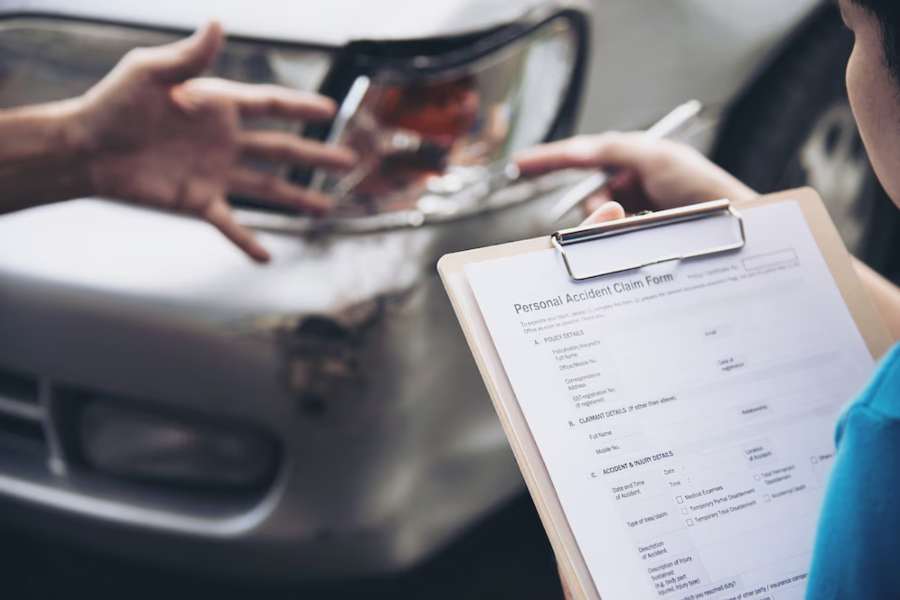In 2024, South Carolina saw a decrease in statewide collisions and traffic fatalities, with fatal crashes falling 9% and being at the lowest level in at least seven years. Driving in South Carolina comes with its set of rules and regulations, especially when it comes to car accidents.
Under South Carolina car accident law, drivers are required to stop at the scene of an accident, exchange information, and report the incident to law enforcement if there are injuries or significant property damage. Fleeing the scene can result in license suspension, fines, criminal charges, and even jail time, depending on the severity of the accident.
But what steps can you take to set the grounds immediately following a collision? What are the limits on an individual’s coverage?
Understanding Liability in South Carolina Car Accidents
Whenever you are involved in a car accident in South Carolina, one thing that is critical is liability, as the term decides who in particular will be accountable for the damages or personal injuries caused.
South Carolina uses a fault system where an at-fault driver is legally responsible for the losses stemming from an accident. These can be medical bills, vehicle repairs, or lost earnings.
To establish who the liable driver was, the court can consider factors like the traffic laws, notes, the accounts of eyewitnesses, or police reports. Some solid evidence should be taken at the scene; this includes photographs and witness information.
South Carolina’s law of comparative negligence is such that if you are found to be partly at fault, you can claim compensation, but your recovery will be reduced by the degree of your fault.
The Importance of Insurance Coverage
Understanding legal liability is the first step to understanding the important custody an insurance company might give you after a car accident in South Carolina. In case of an accident, having this knowledge will save you from plunging into major financial loss.
Lawful minimum auto coverage may make the tortfeasor responsible for their damages, but it won’t cover yours. Without adequate insurance, you may have to pay for repairs, medical bills, and legal fees.
The other risk of being underinsured is that it may lead to severe legal consequences. Enabling coverage services means you know all of a sudden that you are covered, and you can start working on recovering without the penalty of unanticipated expense.
Reporting Requirements After an Accident
In South Carolina, you must report an accident to the authorities, especially if there are injuries or property damage.
Immediately call 911 if there have been any injuries. Police will make an official incident report, which may be crucial for insurance claims or legal issues.
In the event of no police response, then a document needs to be filed with the South Carolina Department of Motor Vehicles within 15 days if the total cost of damage exceeds one thousand dollars.
Take all details of the other driver and, if possible, any witnesses, including names, contact numbers, and insurance license details. Photographic evidence of the accident scene can work on your side.
Statute of Limitations for Car Accident Claims
When in the state of South Carolina, the statute of limitations for the filing of auto accident claims becomes a critical issue.
After a car crash, you generally have three years from the date of the occurrence to commence your claim. If you surpass that deadline, you shall most likely be disallowed from ever seeking compensation for injuries or losses.
One should be as prompt as possible in collecting evidence because things grow slack in retrospect with time. In the case of a governmental entity having been involved, the statute can become even narrower, typically two years.
Understanding this time issue can significantly impact your case, so don’t hesitate to consult a lawyer who can guide you through the legal process.
Steps to Take Immediately After a Car Accident
In case of an accident, the most crucial step is to stay calm and urgently protect yourself and the other parties.
Look out for injuries and ring 911 if someone is injured. Then proceed to move your vehicle away from other traffic in case another collision happens.
Exchange personal contact details and insurance information with the other driver, as well as any details from the witnesses. Click images of vehicles, damages, as well as the scene.
Do not assume or discuss the accident’s details with anyone at the scene. Call your insurance provider once you are back at home after the incident.
Consult a legal professional who can provide advice on your legal rights and various claims. By taking these steps, you can effectively safeguard your interests following an accident.


